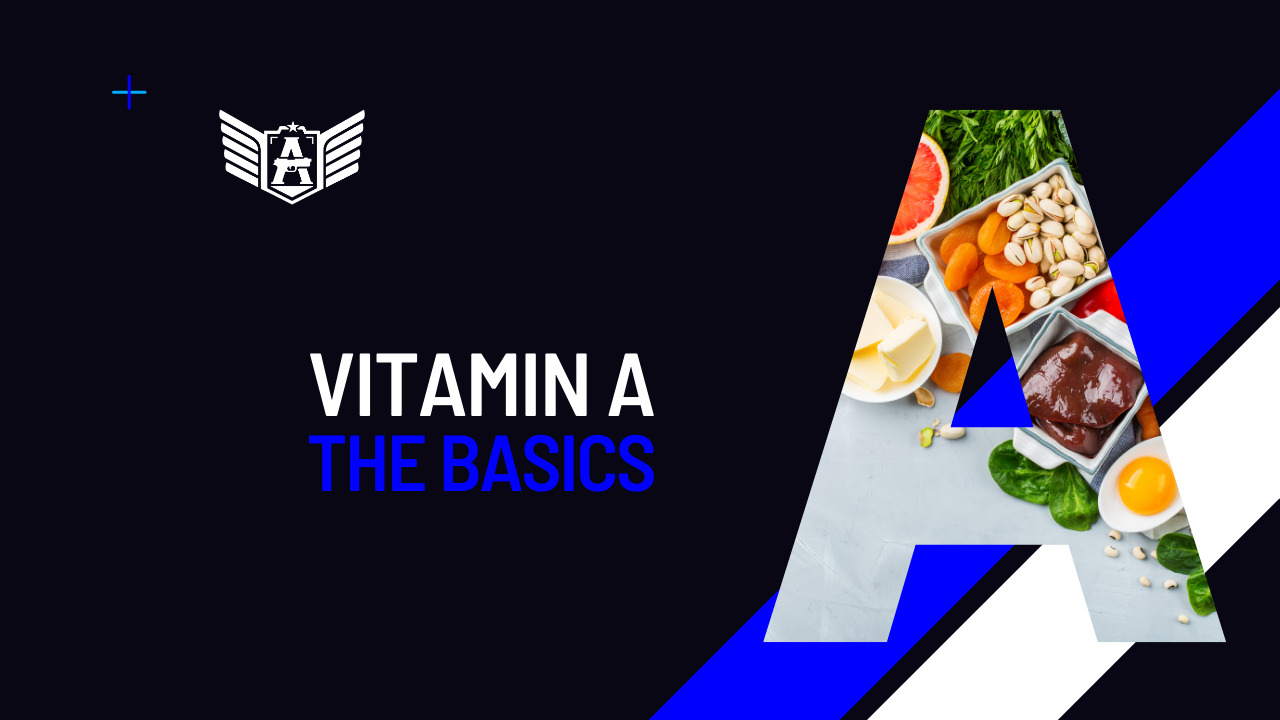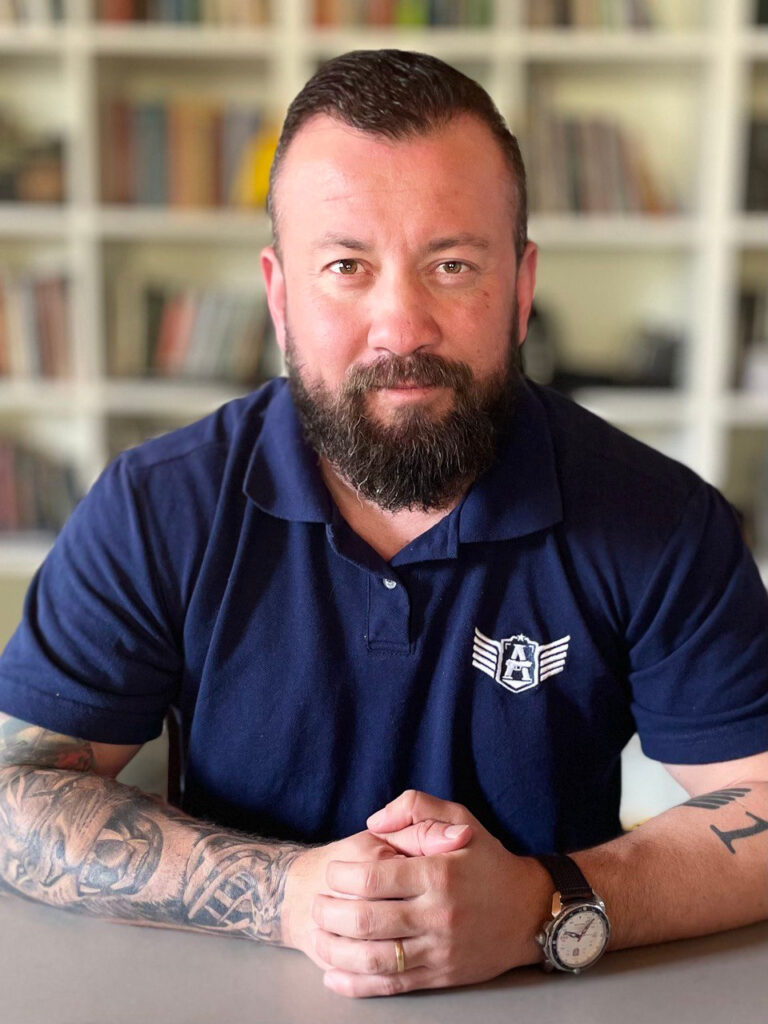
When preparing oneself for combat, it is implicit that one must train not only their fighting skills and mindset but also their physical conditioning.
Many individuals neglect their physical conditioning, erroneously believing that the use of firearms renders it unnecessary. However, this is a misconception.
There exists a strong correlation between fitness level and combat performance.
The question then arises: What kind of conditioning is required? For example, the physical skills of a powerlifter bear no relation to those of a long-distance runner, wouldn’t you agree?
So, what type of program should one undertake to prepare for armed combat?
There is no straightforward answer to this question, as predicting war or the specific circumstances of combat, especially armed responses, is challenging.
Nevertheless, certain characteristics are desirable for any fighter, attributes every shooter should seek when organizing their training program. This list provides not a definitive recipe but a reasonable path to follow, with room for individual adaptations.
(1) Develop Your Relative Strength
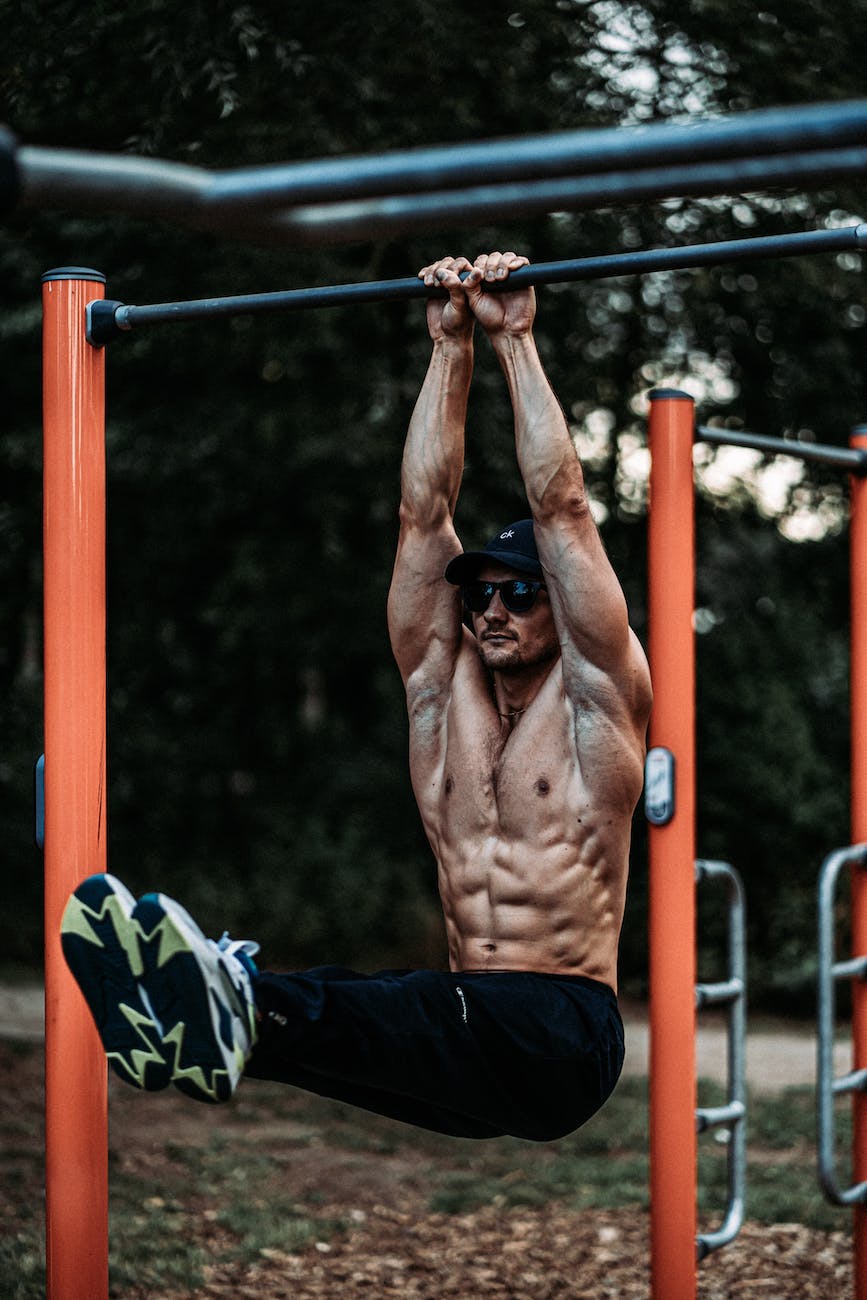
Strength forms the foundation for all physical activities, be it mobility, jumping, running, or engaging in hand-to-hand combat. In the context of armed encounters, relative strength is often more critical than absolute strength. A massive bodybuilder or powerlifter is unlikely to perform as well as a athletically built, leaner fighter, as excessive muscle mass can affect speed, mobility, and present a larger target.
(2) Running Ability is Crucial
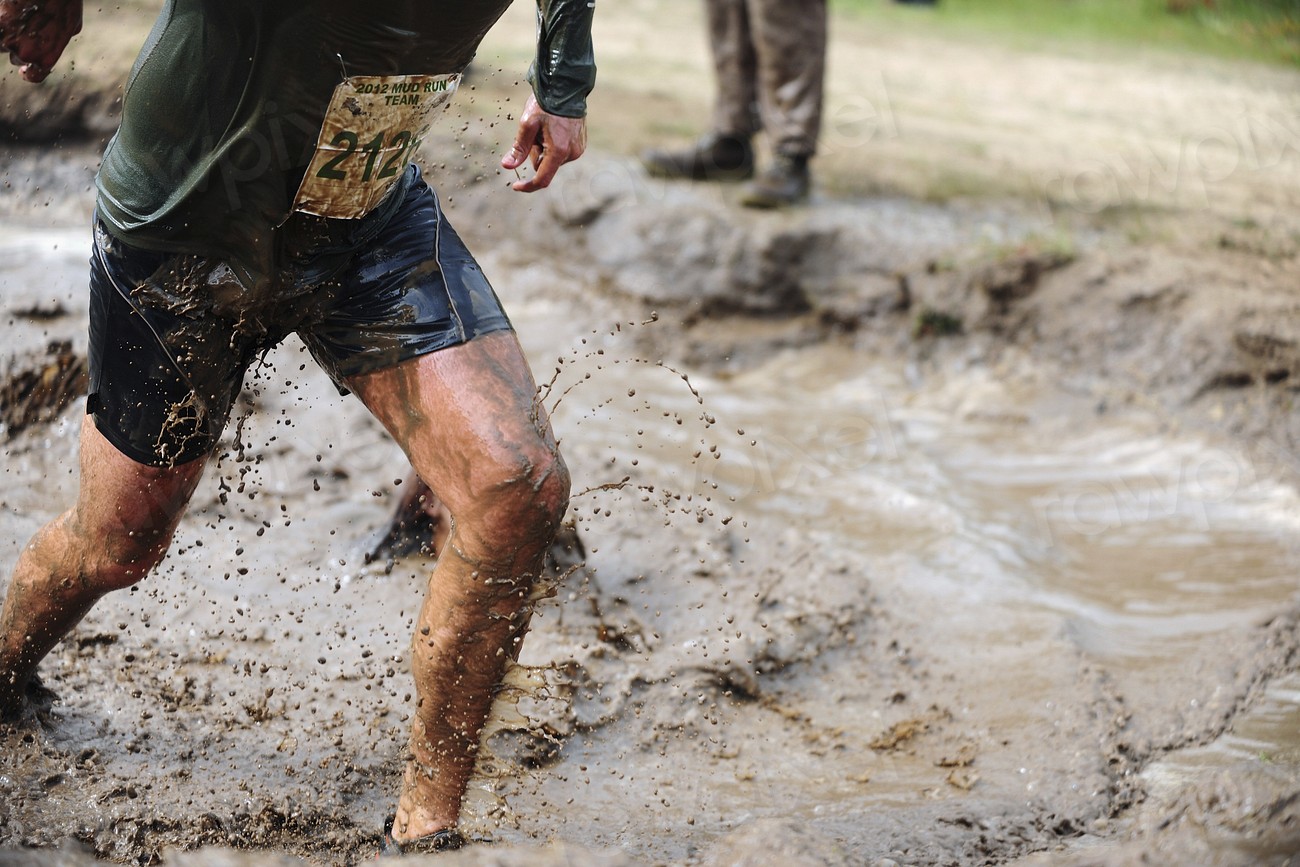
Running long distances is an intrinsic characteristic of human beings. Do not let this ability fade away. Aerobic conditioning not only aids in quicker recovery from exertion but also enhances fundamental breathing techniques.
(3) Flexibility and Mobility are Paramount
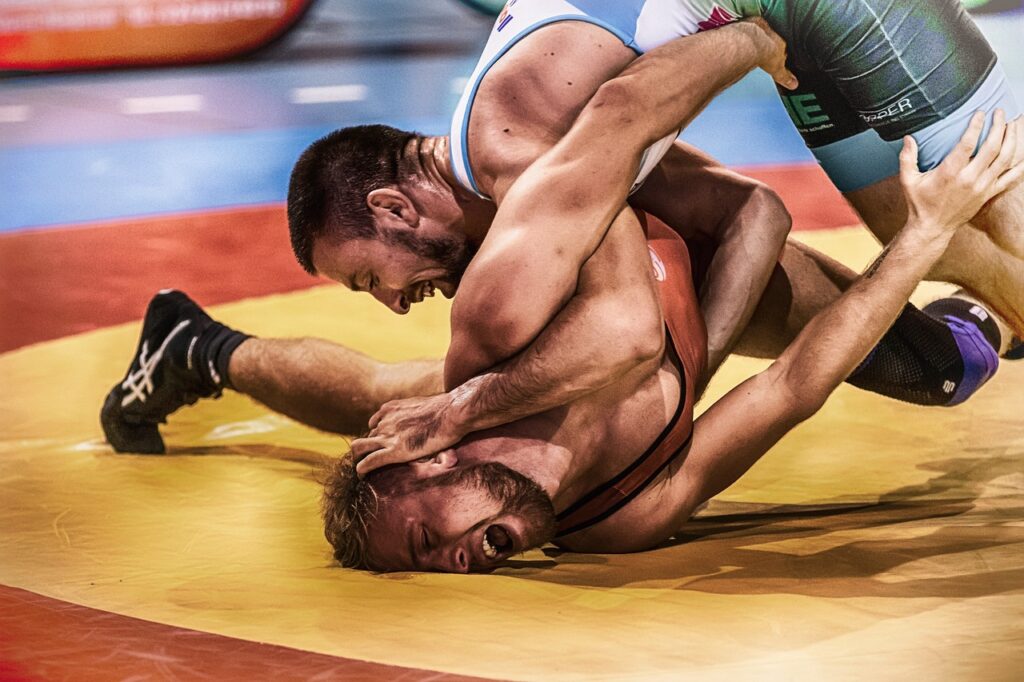
Imagine a fight where you are static or navigating barricades in positions drastically different from standing. To achieve such feats, the ability to move your joints without impeding muscles is essential. This is often one of the most neglected physical skills among fighters of various modalities and one that you cannot afford to overlook.
(4) Body Composition Matters

While people come in various body types capable of excelling in the aforementioned areas, excessive fat impedes fighting activities. Maintaining lower body fat percentages is crucial. A lean physique not only facilitates better movement but also avoids practical challenges, such as carrying firearms in optimal positions.
(5) Focus on Specific Muscles
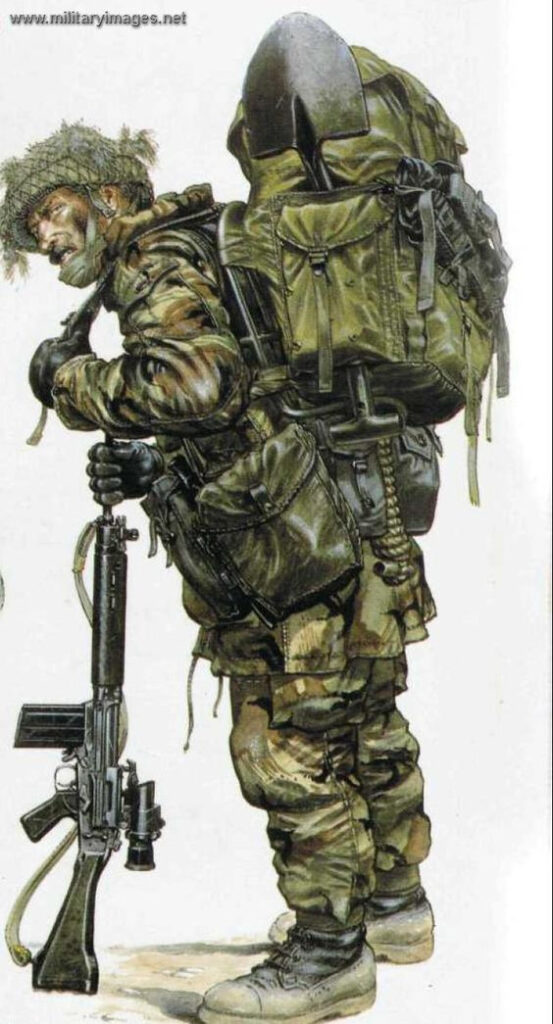
In the gym, individuals often follow routines akin to bodybuilders or fitness models, emphasizing aesthetics. However, in the realm of combat, the focus shifts to functionality in very specific situations. The principle of specificity applies to combat, as you may be utilizing muscles in ways unimaginable outside the combat shooting world. Specific attention to muscles such as forearms, neck, and back is necessary due to their unique demands in combat situations. Those who have carried a heavy rifle for an extended period understand the importance of developing these specific muscle groups.
It is essential to develop specific fighting skills that align with the demands of combat.
Final thoughts
Achieving combat-ready physical conditioning involves a holistic approach that goes beyond traditional notions of strength and endurance. It requires a nuanced understanding of the specific demands of armed encounters and a tailored training regimen. As you embark on this journey, remember that flexibility, relative strength, running ability, body composition, and attention to specific muscles collectively contribute to a well-rounded and effective combat-ready physique. Adaptation and continuous refinement of your training program are key, ensuring that you not only meet but exceed the dynamic challenges that may arise in the unpredictable landscape of armed combat. Embrace these principles, commit to your training, and equip yourself with the physical prowess needed to navigate the complexities of the battlefield.


